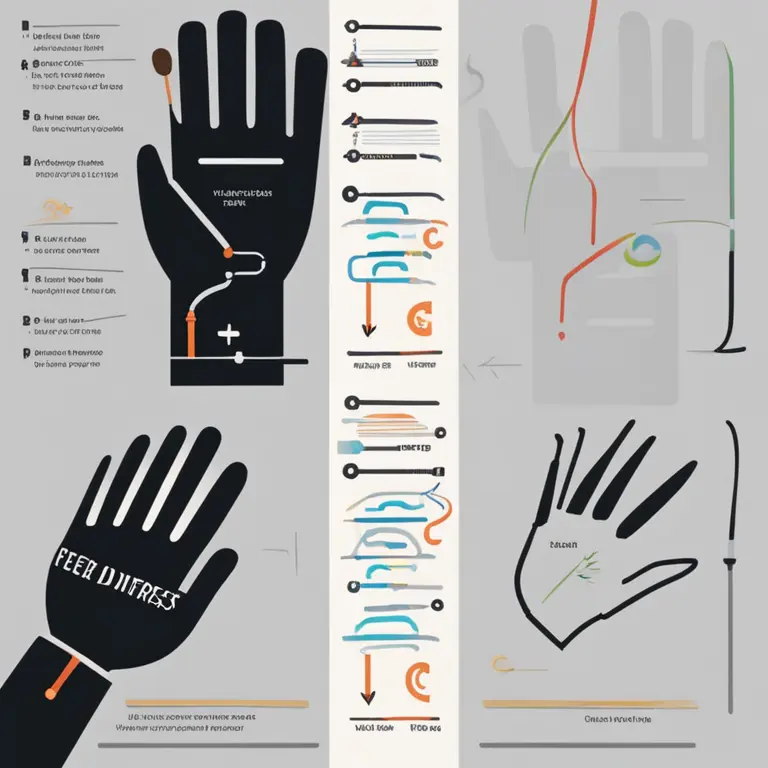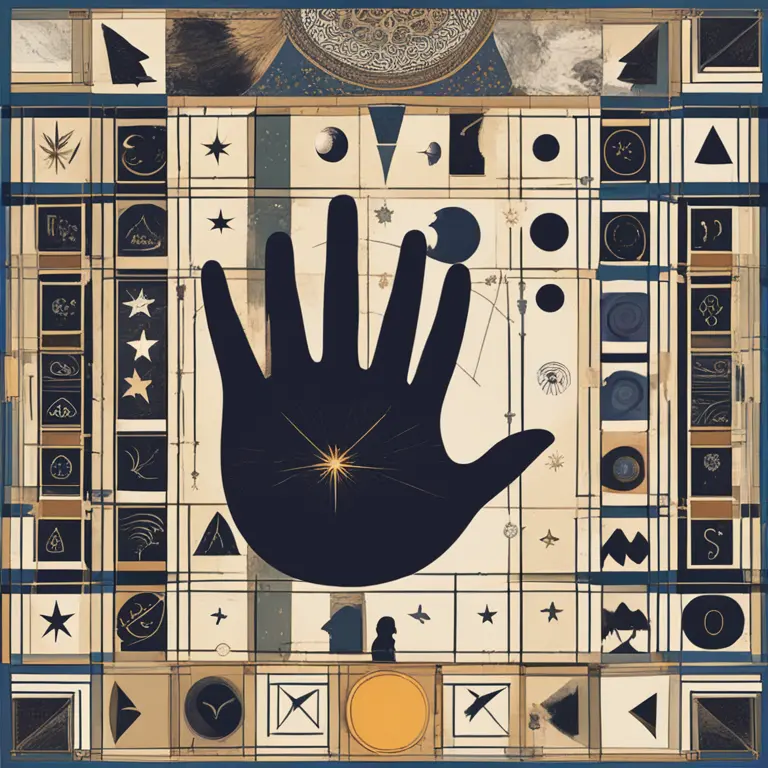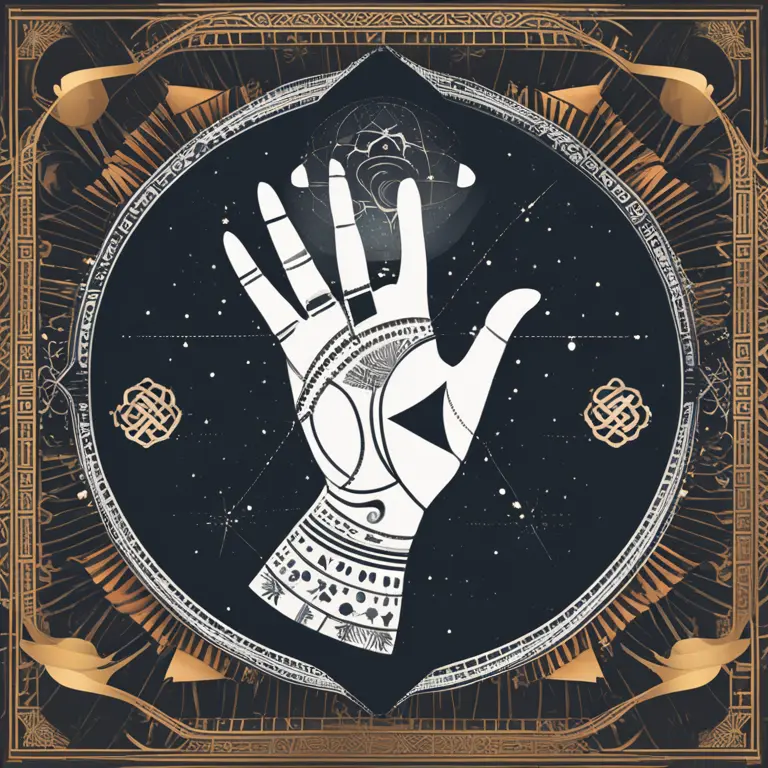
The Secrets in Your Palms: Insights from Palmistry
Discover the ancient art of palmistry and learn how the lines and features on your palms can offer insights into your personality and destiny.
article by Nora Pennington
The Essence of Palmistry
In the tapestry of esoteric knowledge, palmistry stands out as a practice woven with intrigue and mystery. This ancient art, also known as chiromancy, hails from various cultures and times, including India, China, and Greece, among others. Modern palmistry combines age-old theories with contemporary psychological insights, offering a comprehensive view of an individual's traits, potential life paths, and even future occurrences. Rooted in the belief that the hands are a microcosm of the self, every line, mound, and structure holds significance in a language waiting to be read.

The Major Lines of Interest
Fundamental to palmistry are the major lines that traverse the palm: the heart, head, life, and fate lines. Each one is believed to reflect different aspects of life. The heart line delves into emotions, relationships, and matters of the heart. The head line represents intellectual tendencies, thought processes, and wisdom. The life line, often mistaken as a predictor of longevity, actually speaks more to lifestyle and vitality. Lastly, the fate line, though not present in all hands, indicates the degree to which an individual’s life is affected by external circumstances.

Mounts and Their Meanings
Beyond the lines, palmists examine mounts—the raised flesh on palms beneath each finger. Mounts bear the names of celestial bodies, which connote their inherent characteristics. For example, the Mount of Venus beneath the thumb symbolizes love, sensuality, and passion, while the Mount of Jupiter under the index finger signifies ambition and leadership. Each mount's prominence or lack thereof offers insights into the individual's dominant traits and predispositions.

Interpreting Hand Shapes and Fingers
The shape of the hand and the fingers can be almost as telling as the lines themselves. Hands are generally classified into elemental types: earth, air, fire, and water, each associated with different temperament and life approach. Fingers, too, provide further details—long fingers may hint at a meticulous nature, while short fingers could suggest impulsive decision-making. Even the fingernails have their stories, with various shapes and conditions adding layers to the overall reading.

Chirognomy: The Study of Hand Features
Palmistry isn't solely about line interpretation. Chirognomy, a branch of palmistry, focuses on the physical features of the hands such as bone structure, texture, and color. These elements reveal yet another dimension of personality and propensities. For example, a soft, warm hand might indicate a sympathetic personality, while a firm, cool hand could reflect a pragmatic, detached approach to life.
The Role of Timing in Palmistry
Understanding timing in palmistry is crucial for pinpointing when certain events might occur. Palmists use various techniques to approximate the timing of events indicated by the lines, employing the fingers, mounts, or line progressions as markers. While it's important to note that these predictions are not deterministic, they can proffer a timeframe for potential happenings, adding depth to a palm reading session.
Modern Palmistry’s Adaptability
Palmistry continues to adapt and evolve. With the surge in digital tools and AI, palm readings have become more accessible, and data-driven approaches have enriched interpretations with validated psychological principles. This harmonious blend of the ancient and the modern makes palmistry a timeless yet innovative guide to self-discovery and planning for the future.
Published: 1/29/2024
Modified: 1/29/2024
More predictions
Come back here soon to learn more about yourself and your future


The Mystery of Palmistry: Lifelines to Fate
Delve into the ancient art of palmistry or chiromancy, where the lines and features of your hands reveal the intricacies of your personality and destiny.


The Essentials of Palmistry Explained
Delve into the ancient practice of palmistry, where hand lines and features unlock personal insights and prophecies for the future.


The Essence of Palmistry: Hand Lines Analysis
Delve into the ancient practice of palmistry and discover what the lines on your hands reveal about your personality, fate, and fortunes.